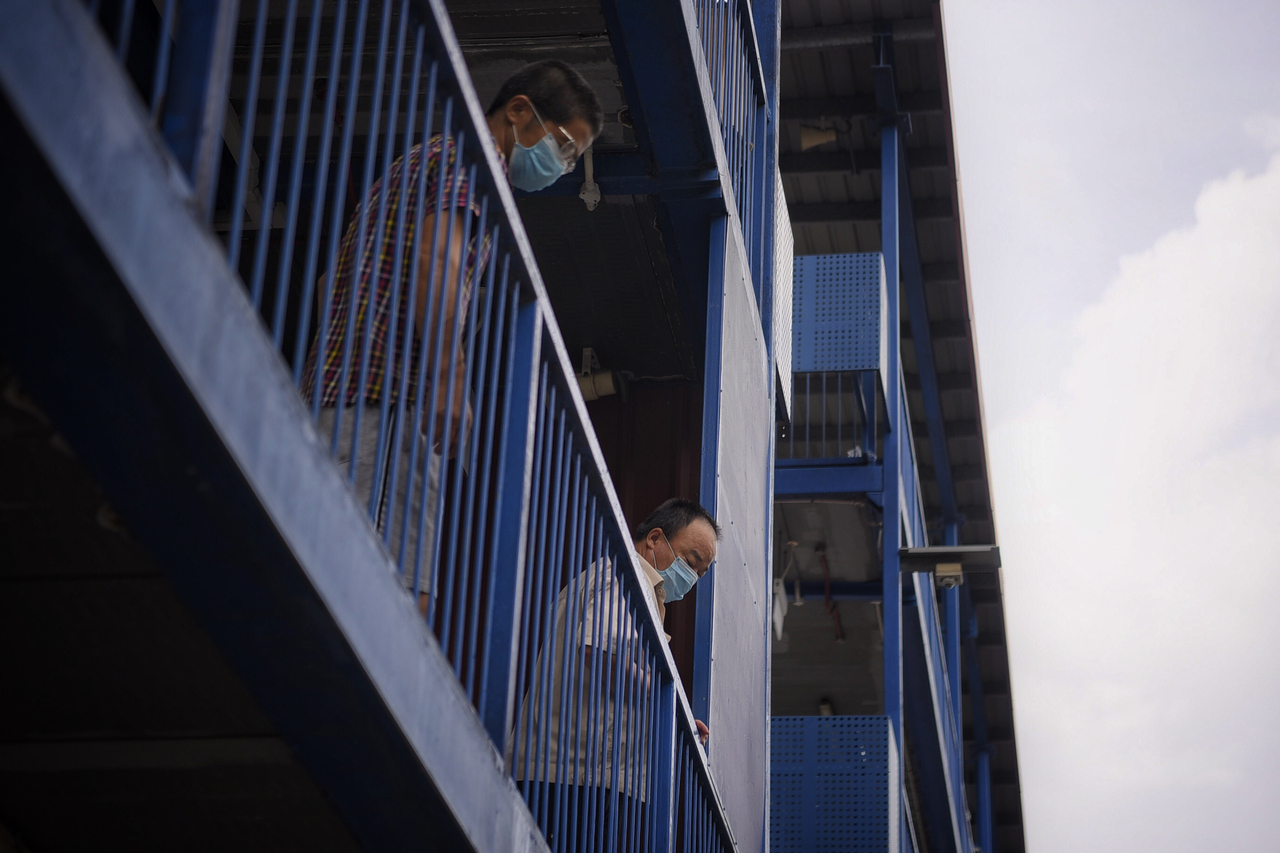COVID-19 SPECIAL
Reflections on attitudes towards migrant workers
Sign up now: Get ST's newsletters delivered to your inbox

Ho Sheo Be
Follow topic:
There have been calls, on the one hand, for an apology from the Government.
Nominated MP Anthea Ong and others have questioned whether the Government will apologise to the foreign workers for their dismal conditions, especially since they are in complete lockdown for the sake and safety of Singaporeans.
On the other hand, the Government concedes that, like many people, it is keen to understand how Covid-19 has spread among the migrant workers, particularly the five cases in the first migrant worker cluster who all lived in different locations, with only two residing in dormitories.
With the number of confirmed Covid-19 cases among migrant workers remaining high, many blame the Government for not promptly recognising that dormitories, where migrant workers live closely together, were hotbeds of virus transmission.
It had, therefore, not made timely improvements to the migrant workers' living conditions nor arrangements to relocate them to other facilities. While the Government presumably can make improvements in some ways, we should revisit the background of why 43 large-scale dormitories were built before seeking an apology.
From the 1970s to early 1990s, construction workers from Malaysia and Thailand mostly lived in rented Housing Board flats or private residential units.
With the increase in migrant workers from non-traditional sources such as China, India, Bangladesh and Myanmar, as well as in other sectors, various issues emerged as these workers, with living habits that differed from the locals, continued to reside in HDB estates in growing numbers.
In March 1994, responding to suggestions by MPs to build dormitories far away from HDB estates, then Acting Minister for National Development Lim Hng Kiang announced that the Government would invite tenders to build migrant worker accommodation at suitable locations. These were in industrial estates away from HDB estates, yet close enough for the workers to patronise facilities such as shops and coffee shops.
The first large-scale migrant worker dormitory was completed in October 1996, and in 2004, housing migrant workers in dormitories or other government-approved accommodation became a requisite for employers when applying for work permits. Yet from time to time, we still heard people say "not in my backyard" (Nimby) to the migrant workers.
One such example was the 2008 petition by over 1,000 households in Serangoon Gardens against the conversion of an old school campus into a migrant worker dormitory.
Concerns about the safety of the elderly and the young as well as property devaluation had fuelled the Nimby mindset that forced the workers out of residential estates.
After the 2013 Little India riot, the Government decided to provide in-house entertainment and minimarts in the large dormitories to reduce the number of migrant workers congregating in places such as Little India and Golden Mile Complex.
If not for Covid-19, most of us, except those in civil society organisations, would still be treating migrant workers as "invisible people". Hardly anyone would take an interest in their daily lives, with some even having discriminatory attitudes towards this migrant community who toil daily at construction sites, maintain our roads in the dead of night, and still have to clear our rubbish on Sundays.
Do we not owe an apology to the one million or so migrant workers?
Many will also say that there is not much point in seeking accountability at present, when the focus should be on stabilising the outbreak. Just as Manpower Minister Josephine Teo said in Parliament, migrant workers residing in different dormitories work at the same worksites and do their shopping at the same places on their rest days.
Their chances of cross-infection are no different from that of family members living in the same household, followers of the same religious group or even people working in the same location.
What is critical is to ensure that when these migrant workers return to work, those residing in different dormitories do not work at the same worksites and all should practise safe distancing when working. Furthermore, we should look at how to provide timely medical and humanitarian care for them when needed.
In an opinion piece published early this month, Mr Ho Kwon Ping, executive chairman of Banyan Tree Holdings, suggested that one way for the migrant worker and Singaporean communities to intersect is to create pathways for a small section of the migrant worker community to continually upgrade their skills and, in the longer term (for example, in 10 years), have the ability to rent public housing quarters with their families, with some eventually given the opportunity to gain permanent residency and citizenship.
Mr Ho felt that we should not be assessing migrant workers' eligibility to live, work and even raise a family here based on wealth or professional skills.
Rather, we should look at their ability to fill in gaps that can help us build a diverse, sustainable and cohesive society. But to be honest, how many Singaporeans would be willing to accept such an arrangement?
In Singapore, we do not lack examples of migrant workers who have successfully integrated into our society. Many years ago, I interviewed a safety training officer from Bangladesh who became a permanent resident of Singapore. But I am afraid that such uplifting stories have become rarer with the repeated tightening of our foreign labour policy.
The Covid-19 pandemic has forced us to face issues concerning our foreign labour policy and management squarely and resolve them properly. With this experience, if we continue to have a Nimby mindset and treat migrant workers as invisible, then we really owe them a proper apology.
Ho Sheo Be is associate news editor (political) of the Chinese Media Group's NewsHub, Singapore Press Holdings. This is a translation of an article published in Chinese-language daily Lianhe Zaobao on May 10.

